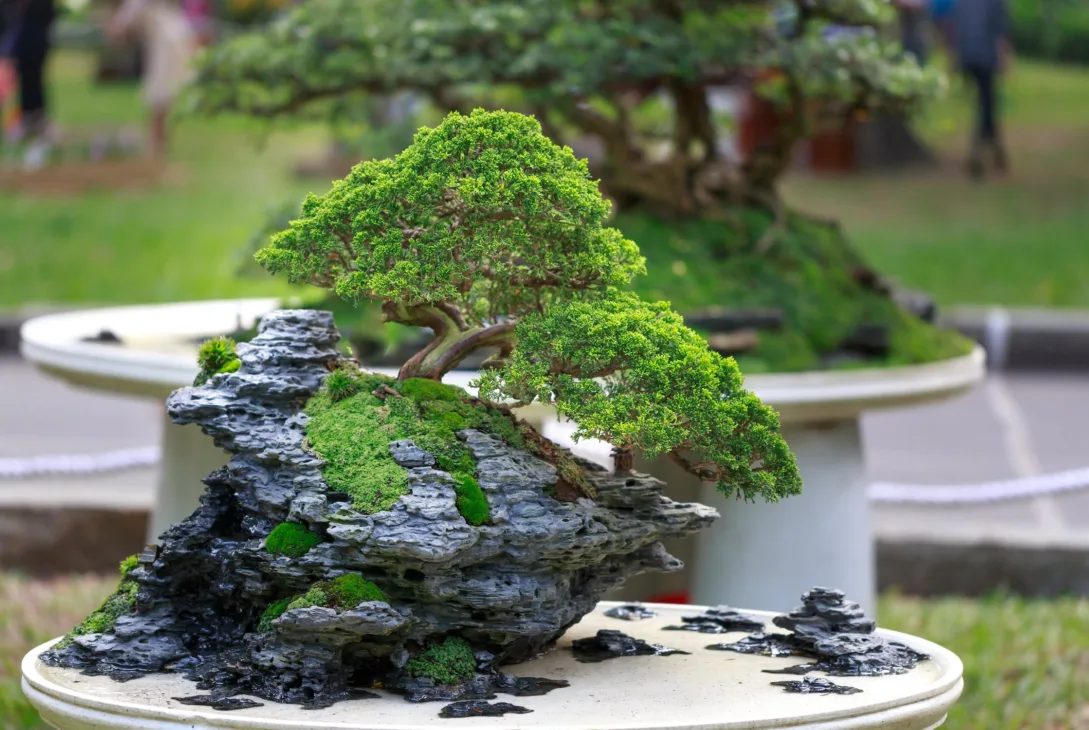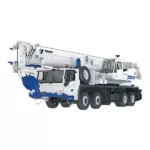5 Tips for Mastering Bonsai’s Care
When you think of Bonsai trees, the first thing that comes to mind is the fact that they are high maintenance. Even so, they are one of the most popular garden decorations in Malaysia. Some of the things to take note of are the specific environmental conditions found in your particular area and adjusting your care accordingly. Since Malaysia is a tropical country, growing and maintaining Bonsai trees remains a challenge and could also be an opportunity for those willing to face them. To become adept at Bonsai care, you may have to pay attention to factors like humidity, sunlight, temperature, and changes in the season so your trees can receive the proper care they need to become healthy and beautiful. Here are some tips to get you started.
Adaptation to Tropical Climate
As a Malaysian, you are most probably familiar with the fact that the tropical climate comes with warm temperatures and high humidity all year round. This means you have to pick the right tree species like Adenium, Ficus, or Bougainvillea because they can handle heat and humidity without getting fungal diseases. These tree species have special features that help them thrive in these conditions, ensuring healthy growth. Another factor that plays a big role in the care of Bonsai trees are microclimatic variations. This is because different species will require different levels of watering, sunlight, and shade.
Proper Watering Techniques
The state and condition of your Bonsai trees in Malaysia’s humid climate depends on how you water them. Higher humidity levels mean you could easily water them too much and cause problems such as fungal infections and root rot. To keep them healthy, you should be careful and attentive when watering them. Here comes the complicated part where instead of following a strict watering schedule, it would be best to keep an eye on the soil and adjust watering based on how dry it is. For instance, letting the soil dry out between watering sessions help the roots develop correctly by encouraging them to look for moisture within the soil, preventing water logging. Factors that may affect how much water your Bonsai trees need are pot sizes, humidity levels, and types of trees.
Protection from Harsh Sunlight
Though it is common sense for plants to receive sunlight, there are times when it becomes too much. In order to keep your Bonsai trees healthy, it is important to protect them from strong and intense sunlight that can become detrimental, especially during peak hours. This is because too much of it can cause sunburn, leaf damage, and dehydration, especially for sensitive bonsai trees. To prevent this from happening, you could place your trees in partial shade to filter out some sunlight but allow for air to flow. Another suggestion is to rotate your trees throughout the day so you can balance giving your trees the right amount of sunlight while protecting from harmful rays.
Managing Pest and Diseases
With the combination of moisture and high temperatures, pests like scale insects, aphids, mites, and other prominent fungal diseases such as powdery mildew and root rot may also propagate. A habit that a plant parent should build is to constantly check on your trees regularly for any signs of pests or diseases. By checking the stems, foliage, and soil, you will be able to spot any abnormalities early on and manage them before it wrecks havoc. You can also minimize the risk of pests by removing fallen leaves and debris, keeping things clean. Also, prune any infected areas as soon as possible so that it can stop diseases from spreading and prevent pests from breeding. If needed, organic pesticide and fungicides are also recommended to be used in moderation that doesn’t harm the environment or other organisms.
Seasonal Adjustments
The changing seasons in Malaysia may bring different challenges for Bonsai enthusiasts. This is because they need to adjust their care based on these seasonal variations. During the wet season, heavy rainfall could cause accumulation of water, leading to root rot and other moisture-related issues. On the other hand, the dry season means less rainfall and lower humidity levels, causing dehydration. To prevent the occurrence of these problems, you might want to mist your Bonsai trees from time to time or group them together to create a microclimate of higher humidity. Moreover, you’ll also have to adjust your fertilization and pruning schedules. During the wet season, trees grow quicker, needing more nutrients and fertilizer along the way. During the dry season, however, they go through a period of dormancy where you should reduce or pause fertilizing.
Landscaping for Beginners
Do you look at the space surrounding your home and think that there’s potential to make them more beautiful and functional? If yes, we have just the introductory guide for you. This landscaping guide is designed to help beginners learn the basics of landscaping. It covers snippets ranging from choosing the right plants to maintaining your landscape. Feel free to consult an expert at a Bonsai nursery in Malaysia.
Understanding Basic Principles
Understanding the basics is crucial when it comes landscaping. Fundamental principles like unity, balance, proportion, and variety form the basis of a beautiful landscape. In short, balance means making sure everything is evenly distributed throughout the area to create visual harmony and a sense of stability. Proportion guides your choices of selecting plants and features, making sure everything looks put together in a cohesive way. Unity is about making your overall design consistent and coherent. Lastly, variety means introducing diversity to your landscape by using different textures, forms, and colors. These principles may help you create a landscape that reflects your own unique style and preference. By keeping these concepts in mind, you can create a visually appealing outdoor space.
Choosing Suitable Plants
Picking the right plants plays an essential role when it comes to elevating your landscape. As a beginner, there are a few things you need to keep in mind when you’re picking plants, like climate, soil quality, sunlight, and water requirements. Once you figure out your region’s hardiness zone and get a sense of your environment’s conditions, you can narrow down your choices to the type of plants that will thrive in your area. Other things to consider are how it grows, what kind of care it needs, the size of the plant, and when it blossoms. This way, you can choose a variety of plants that contribute to a beautiful outdoor space.
Designing Functional Layouts
Designing a functional landscape is not just all about making your outdoor space look great but also making it a functional space. As a beginner and a first-timer, you’re going to need to assess your site’s unique characteristics, like the soil, existing plants, topography, and architectural features, to figure out how to make your space work for your needs. It is important to create different zones for other activities, such as relaxing or entertaining. Things like pathways, spatial organization, and focal points can help create a layout that looks good, defining your space, and most importantly inviting.
Incorporating Basic Maintenance Practices
Home landscaping is just as important as designing it. You will need to learn how to do a few basic maintenance tasks, such as watering, pruning, fertilizing, and pest control so the area outside stays looking great and healthy. You’ll need to learn how to water your plants properly, so they don’t get too much or too little water. This may depend on their specific needs and type of soil you’re using. Regular trimming and pruning are also important to promote healthy growth. Fertilization helps your plants blossom. Last but not least, you will need to learn about common pests and disease problems that may be associated with your plants, including how to deal with them.
3 Simple Steps for a Thriving Nursery
Building a bonsai nursery can be exciting, but it also takes a lot of hard work and planning to execute it. Whether you’re doing it just for fun or starting a business, it is essential to take the time to get everything set up properly, so your plants can grow healthily. To begin, here are three fundamental steps for you to refer to.
Site Selection and Preparation
The perfect home for your plants is a thriving nursery that requires the right place and getting it ready for planting. The place would need to have adequate sunlight, water, and protection from harsh weather. You will also need to assess the quality of the soil and pH levels to make sure your plant has a chance of survival. Moreover, you should also consider cleaning up what site by getting rid of weeds, debris, and anything else that could hinder your plant’s growth. By choosing and preparing the right site for your nursery, your plants will have the best possible start, minimizing problems that may arise in the future.
Plant Selection
As a Malaysian, the outcome of a nursery depends on the chosen combination of plant species to worth with. This is because while deciding on which plants to purchase, you are going to take into consideration factors like the local environment, consumer preferences, and market demand. Choose plants that are highly adaptable and have a track record of withstanding pests, illnesses, and other harsh demands. To maintain a healthy plant, try to source seeds, cuttings, or young plants that are high in quality and are from reliable vendors. This is particularly important when it comes to building a thriving nursery.
Implementing Effective Maintenance Practices
Effective plant care techniques must be adopted to encourage healthy development and reduce losses. First off, you can start by creating a regular watering schedule depending on how much water your plant needs. This could vary for various plant species, so ensure you modify the frequency of watering in response to weather and seasonal variations. Also, keep an eye out for symptoms of pests and illnesses in plants. An insider tip for you is to use organic fertilizers to meet the specific demands of your plants, ensuring consistent growth and development.







